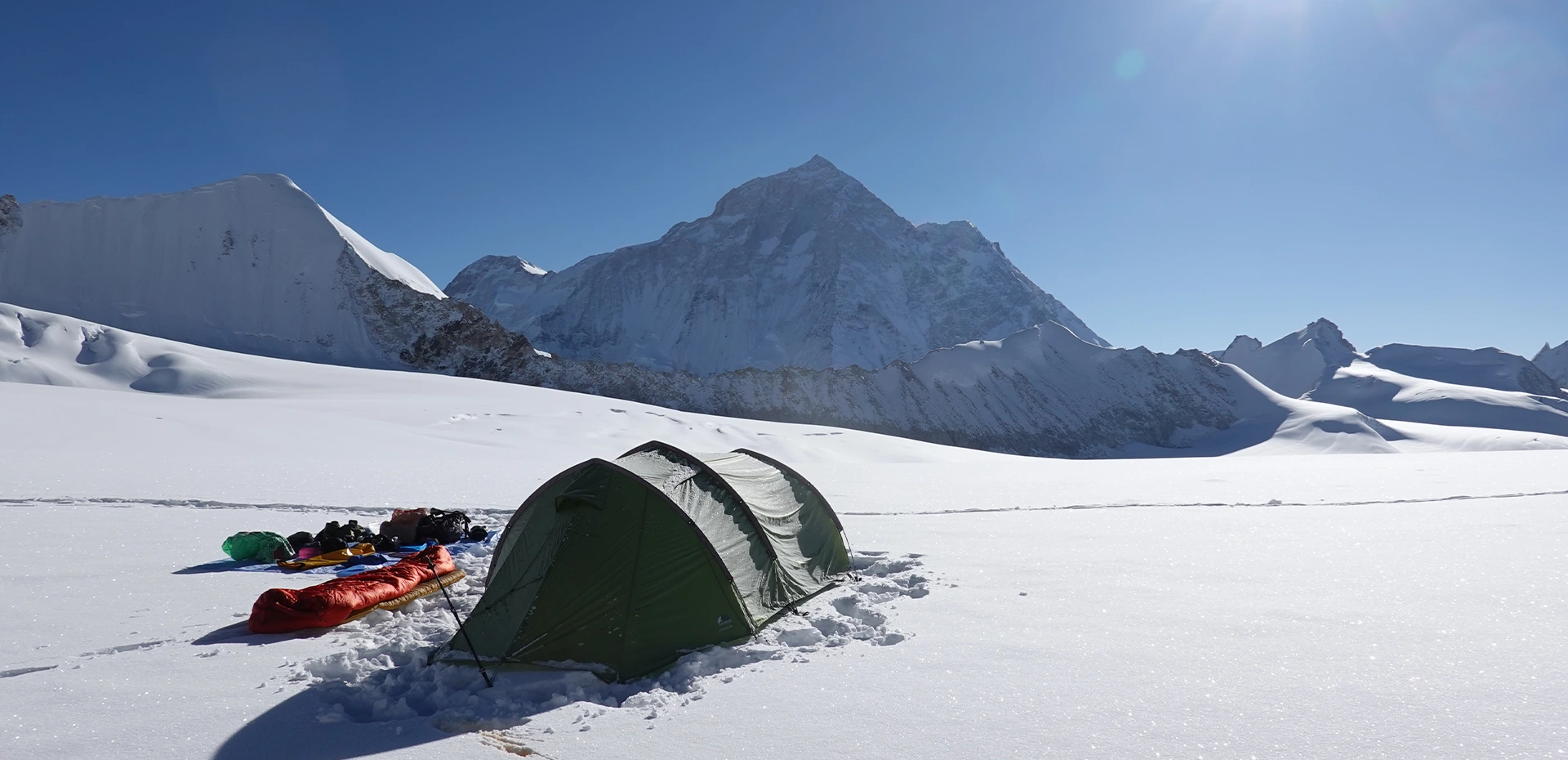The grading depends on the altitude of the journey, the features of the landscape, the duration of the treks, the necessity for previous trekking experiences or climbing abilities, and the level of fitness.
Trekking Grades in Nepal
We offer a wide variety of Nepal treks, so we tell you how hard each one is, which helps you find the right one. Trekking and climbing are mostly ranked as “easy,” “moderate,” “strenuous,” and “very strenuous/challenging.”
To ensure that you have a positive experience during your time spent trekking in Nepal, it is important to get to know yourself through the many trekking grades that are used throughout the country. As a result, we have arranged all of our treks in the following order of difficulty:.
Grade – 1 (Easy Treks)
Grade 1, or easy treks, are trips that anyone can join, even if they have never been hiking before. These trips are good for first-time trekkers, groups with young kids, and older people. The walking sections of these trips aren’t too hard, and you shouldn’t be on your feet for more than 5 or 6 hours a day.
An “easy” trek is one that does not require any difficult trekking or extended ascents. While the treks do require walking up and down gentle slopes on well-defined paths over good passable trails at your own speed through 3000 meters of height, about 10 kilometers per day, for generally a week, most persons with an ordinary level of fitness may complete these treks.
The views from lower-altitude climbs tend to be more varied and colorful. There will be many opportunities to learn about the local culture and witness breathtaking sunrises and sunsets above the Himalayas. Easy-graded hikes typically don’t last too long.
The following are great examples of easy trekking in Nepal:
- Dhampus Hike
- Panchase Trekking
- Nagarkot Hiking
- Jomsom Muktinath Trekking
- Ghandruk Trekking
- Royal Trekking
- Shivapuri Trek
- Helambu Trekking
Grade – 2 (Moderate Treks)
First-time trekkers may find grade two treks difficult, but those who are in good shape through regular exercise find it quite easy. These journeys feature a variety of strolls, both lengthy and short. In order to get the most out of these trips, hillwalking knowledge is ideal.
These treks typically last about a week and a half, with an average height of between 3,900 and 4,500 feet. The extra elevation gain and loss are worth it to see gigantic peaks up close.
Extreme weather is possible, as is isolation, low oxygen levels in the air, and sleeping in basic surroundings for multiple nights. Therefore, it is highly helpful, but not required, to have a prior trekking background, physical fitness, and a positive perspective. The treks in these groups may be too challenging for younger trekkers, but they are suitable for trekkers of all ages.
You may select any of the following trips, as they are all appropriate options for trekking for grade 2.
- Annapurna Base Camp Trekking
- Everest Panorama Trekking
- Langtang Region
- Annapurna Panorama (Poon Hill Trek)
- Ganesh Himal Trekking
- Mardi Himal Trekking
- Khopra Ridge Trek
- Rara Lake Trekking
Grade – 3 (Strenuous Treks)
Grade 3 includes the vast majority of Nepal’s best-known trekking destinations. You should have some experience trekking already and be quite fit to do it. These hikes are classified as “adventure treks,” which involve crossing passes and walking for more than 7 hours per day (not every day, but on a significant number of them).
These treks are best classified as Alpine and are only recommended for individuals in excellent physical condition, as they need multiple nights spent above 4500 m. The trek takes you to some rather out-of-the-way places, including across several snowy passes at an elevation of up to 5700 meters.
Annapurna Circuit Trekking is a great alternative if you’re looking for a popular and stunning walk with the option of staying in well-developed teahouses, or you can take the optional path to Tilicho Lake Trekking from Manang on Annapurna Circuit, which is a region of raw and unspoiled beauty.
The trek offers a great opportunity to see and learn about many different aspects of Nepali life. A series of high passes, peaking at Thorong La at 5,416 meters in altitude, can be reached after a slow rise via a beautiful river valley.
The journey will take you to more remote locations and higher heights, where you will travel via mountain passes. There is a possibility that you will have to climb steep slopes, and in some situations, you may also be required to walk on snow.
In order to get yourself ready for the trip, you should probably engage in some form of training, such as walking, cycling, mountain biking, or jogging at a consistent pace. If the conditions are really severe, you may require axes and crampons to traverse certain sections of this hiking track.
The following are examples of treks that are classified as strenuous:
- Everest Base Camp Trekking
- Everest-Gokyo Lake Trek
- Annapurna Circuit Trekking
- Upper Mustang Trekking
- Manaslu Circuit Trekking
Grade – 4 (Very Strenuous/Challenging Treks)
The name gives a hint as to the difficulty of these treks. As a result, it is only suggested for those individuals who are prepared to rise to the occasion and experience the trip to its fullest extent.
Trips to higher altitudes will be more difficult because you’ll have to climb over passes and through snow, and you may need the assistance of trekking crews like those provided by Himalayan mentors. In addition to a high level of physical condition, training, and mental toughness are also necessary for undertaking such difficult journeys.
The peak will be above 5,100 meters high. Most trekking will last longer than twenty days and can last as long as a month. There will be lots of uphill, downhill, and severe climbing, and ropes might be used in some areas.
The trek covers a large, inaccessible area and typically takes more than eight or nine hours a day. The journeys typically last anywhere from 20-28 days, sometimes more, and feature extensive periods of camping.
The kind of trekking that you do gives you an experience that you will remember for the rest of your life, and it features really lovely wandering amid gorgeous mountains. The following is a list of some examples of challenging treks:



